Columbine
Columbine is in the Ranunculaceae or Buttercup family which contain mild toxins and should not be consumed by very young children or pregnant women. It is only the flowers we use from the Columbine.
| Hedgerow Type | |
| Common Names | Columbine, Granny's Bonnet |
| Scientific Name | Aquilegia |
| Season Start | Apr |
| Season End | Jul |
Leaves
They look like buttercup leaves, which are in the same family. There are usually three leaves attached to one stem and each leaf is made up of three lobed leaves which are green until the Autumn when they can turn red.
Flowers
Complex and beautiful the flowers come in a range of colours, typically purple or blue although there are many different colours and variants. There are five outer petals which have ‘spurs’ surrounding the inner flower.
Possible Confusion
With their distinctive flowers you should have no problem identifying this plant, it’s only the flowers that are really of any use.
Smell
Floral.
Taste
The flowers are sweet, the leaves when well boiled have a ‘green’ taste.
Frequency
Fairly common.
Collecting
The flowers can be eaten raw and on a sunny day can be really sweet if you beat the bees to them.
The leaves are toxic unless well boiled. Unless you are in a survival situation, we advise you just stick to the flowers.
The seeds and roots should not be consumed as they are very toxic.
Medicinal Uses
Columbine has been used in the past for various different treatments but is considered too toxic for medicinal use today.
Other Facts
The scientific name Aquilegia is derived from the Latin word for eagle. This is because of the shape of the flower petals, which are said to look like an eagle’s talons. The common name Columbine comes from the Latin for “dove”, as the inverted flower petals resemble five doves clustered together.


 (13 votes, average: 4.00 out of 5)
(13 votes, average: 4.00 out of 5)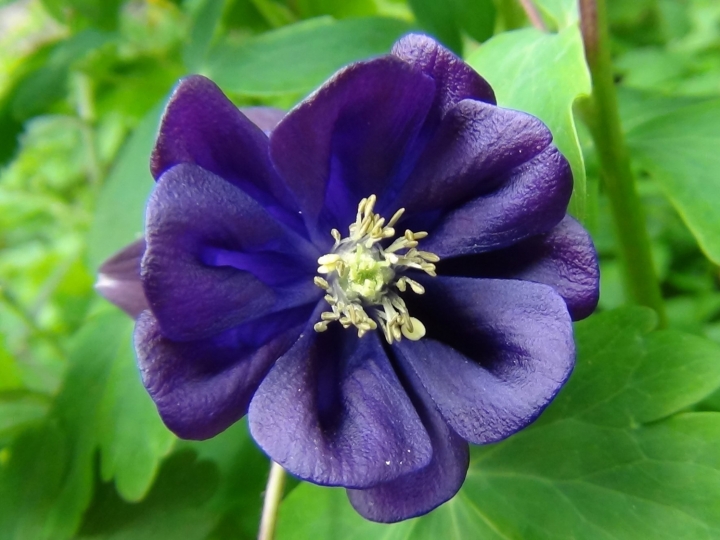
















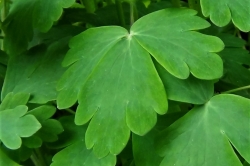
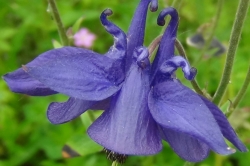
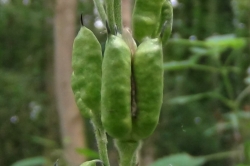
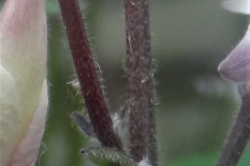
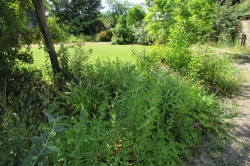





7 comments for Columbine
Something is eating all the leaves of my aquilegia.
Can I touch the seeds with my hands? Hypothetically, I did not just collect the seeds and am now panicking
You can’t poison yourself from simply touching poisonous plants or seeds, so don’t worry. If you are handling poisonous plants all day, especially if there is abundant sap, it would be wise to wear gloves but the amount of toxins absorbed through the skin from just touching a plant is minimal.
Good grief. Stop the fear. This is a wonderful flower, and the bloom is wonderful in salads. The seeds are safe. There are no documented incidents with this plant, but since it comes from the Ranunculus family, it’s possible that a high intake COULD be toxic. Please do your own research.
The flowers are delicious as a treat in the garden or in salads. Steer clear of the rest of the plant unless you know what you are doing.
My plants apeared after we cleared the old garden beds Id never seen them here before Are they just something in the soil
The seeds could have been in the soil waiting for the right conditions and to be uncovered or maybe they arrived via small mammals or birds. They have beautiful flowers that also have a sweet taste although the rest of the plant is toxic.